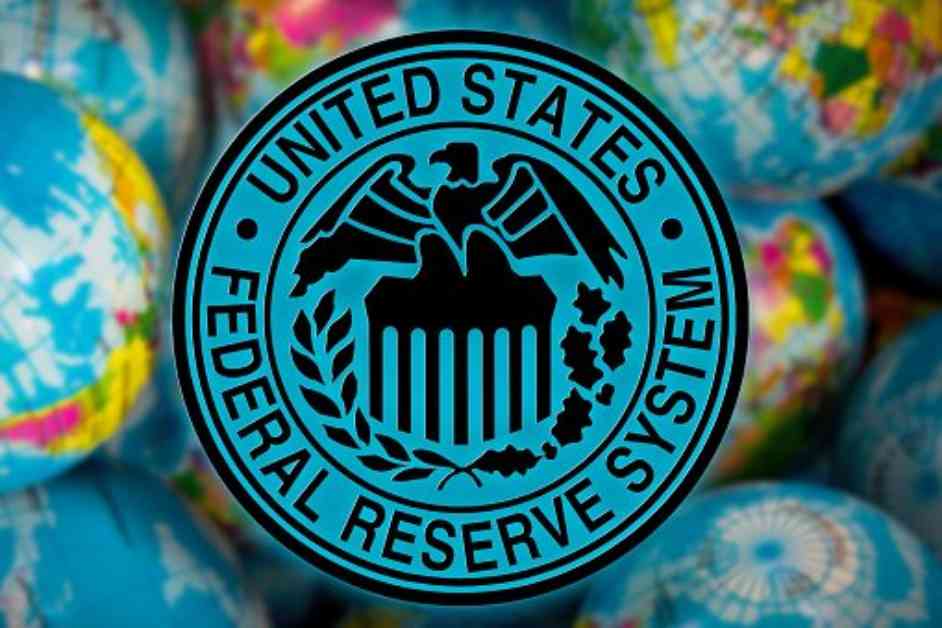Federal Reserve Cuts Interest Rate by 50bps, Bowman Sole Dissenter
The Federal Reserve made a significant move today by cutting the federal funds rate by 50 basis points to a range of 4.75-5.00%. This decision was not without controversy, as Fed Governor Michelle Bowman was the sole dissenter, voting for a smaller 25 basis point cut instead.
In their statement, the Fed acknowledged that job gains have slowed and the unemployment rate has moved up. However, they also noted that inflation has made further progress towards their 2% target. This balancing act between economic indicators is crucial for the Fed as they consider further adjustments to monetary policy.
Median Economic Projections
Looking ahead, the Fed’s median economic projections reveal a more dovish stance on interest rates. By the end of 2024, the interest rate is expected to fall to 4.4%, compared to the previous projection of 5.1%. This implies a more aggressive 50 basis point cut in the coming years.
Further out, the projections show a rate of 3.4% by the end of 2025 (down from 4.1%) and 2.9% by the end of 2026 (down from 3.1%). This indicates that the Fed is anticipating a faster pace of rate cuts in the near term, with a more gradual approach in the following years.
The longer-run rate was revised slightly upward from 2.8% to 2.9%, signaling a slightly more hawkish outlook in the long term. The dot plot, which shows individual members’ projections, reveals a split among policymakers. Nine members expect the fed funds rate to be at 4.50-4.75% or higher by the end of the year, while 10 members see rates at 4.25-4.50% and below. This divergence in views sets the stage for a potentially lively November FOMC meeting.
Assessment of Economic Data
In light of the recent economic data, the Fed finds itself at a critical juncture. Job gains have slowed, painting a mixed picture of the labor market. On one hand, unemployment has inched up, indicating some softness in the economy. On the other hand, inflation has shown signs of progress towards the Fed’s target of 2%.
As the Fed navigates these challenges, they have pledged to carefully assess incoming data, the evolving outlook, and the balance of risks. This approach underscores the Fed’s commitment to data-driven decision-making and flexibility in responding to changing economic conditions.
In conclusion, the Federal Reserve’s decision to cut interest rates by 50 basis points reflects their proactive stance in supporting the economy. While the dissent from Governor Bowman highlights differing views within the Fed, the majority opinion signals a cautious approach to monetary policy. As the Fed continues to monitor economic indicators and adjust their stance accordingly, investors and policymakers alike will be closely watching for further developments.

















